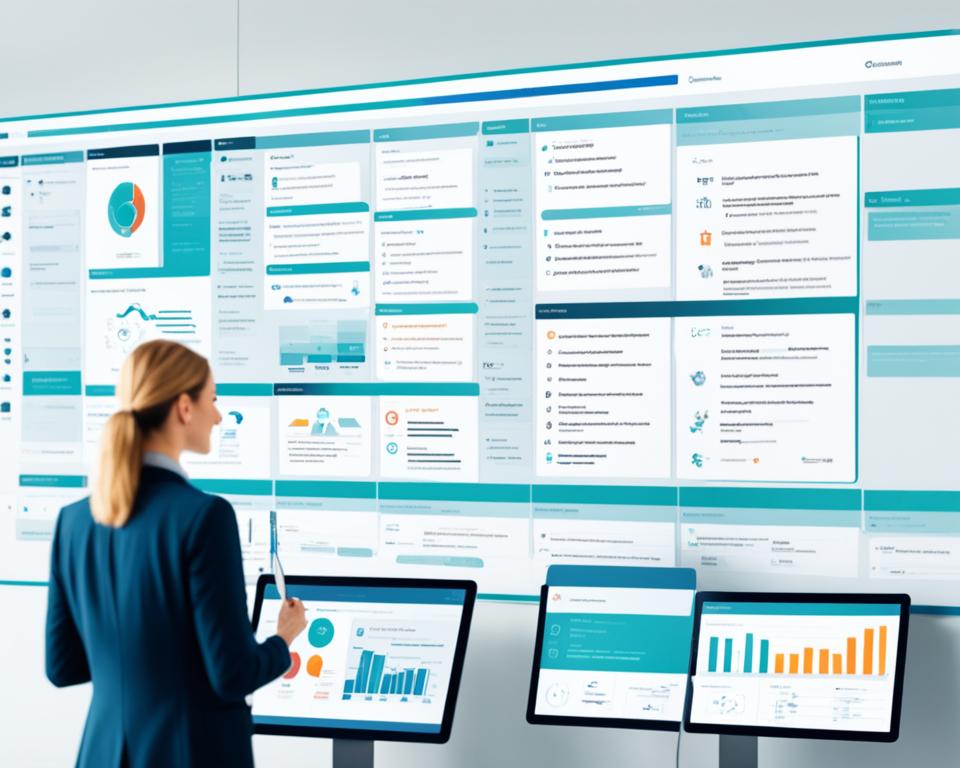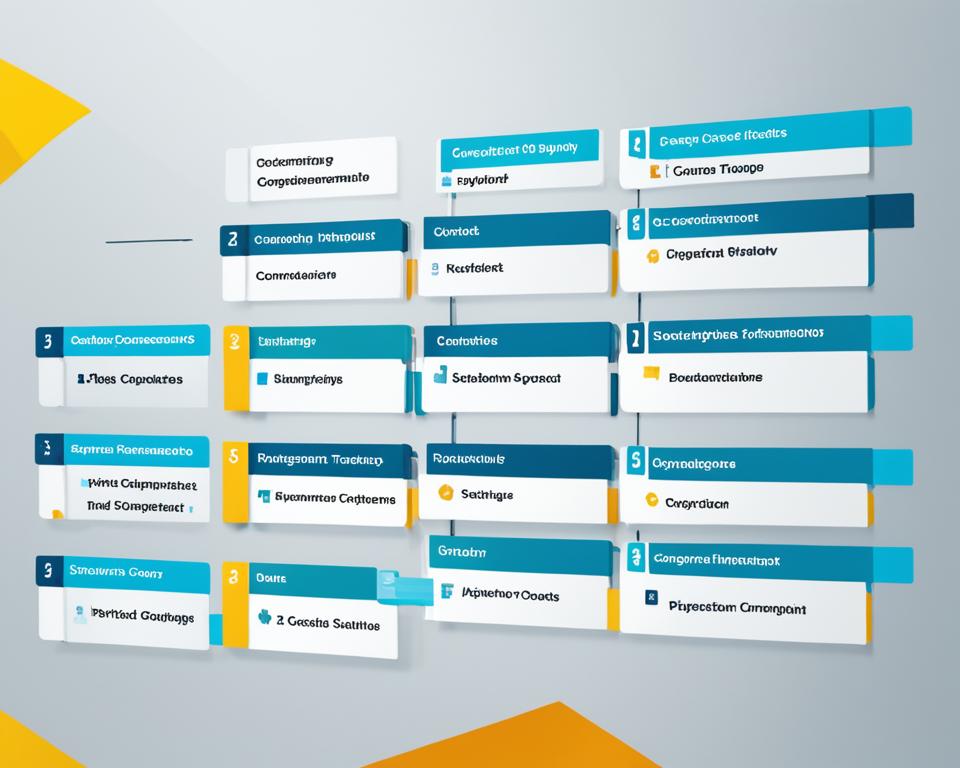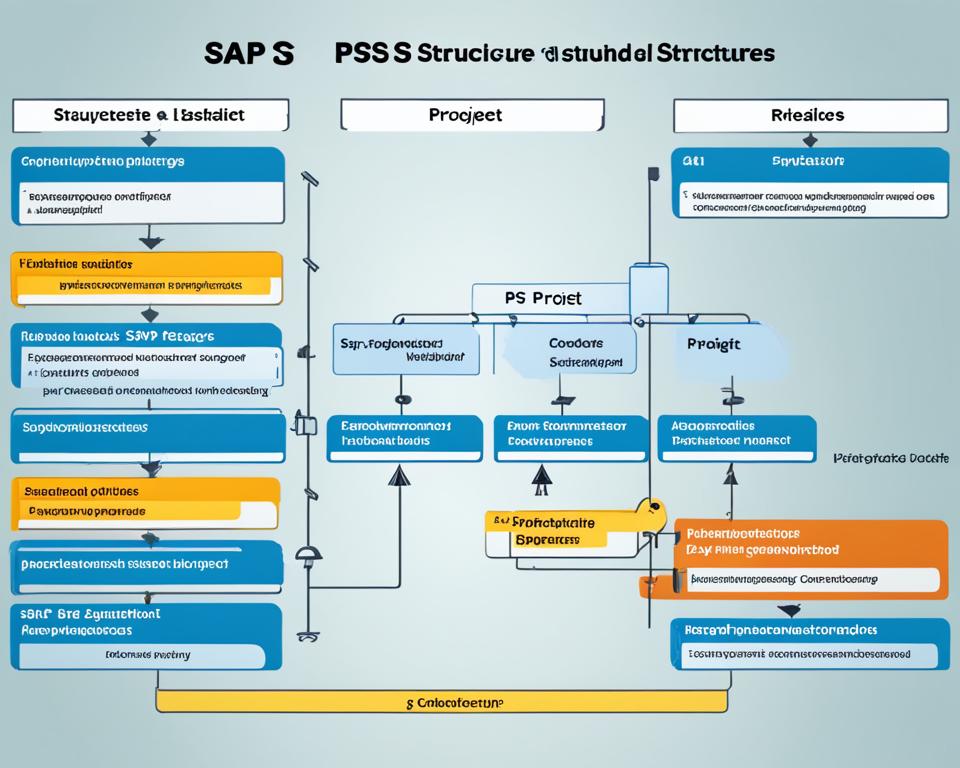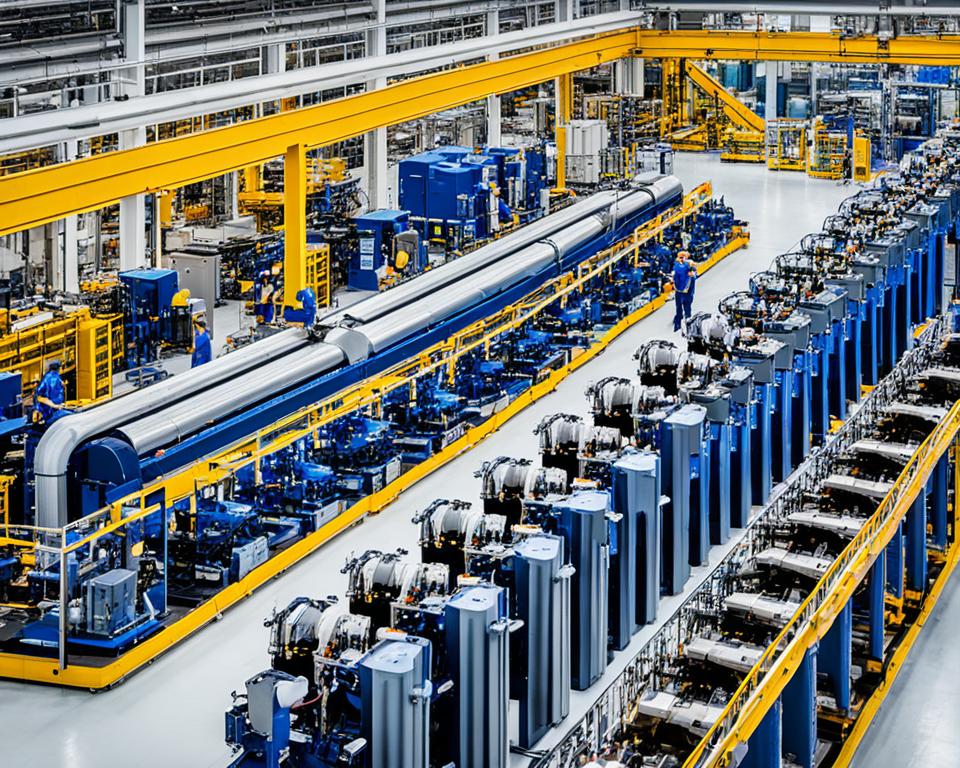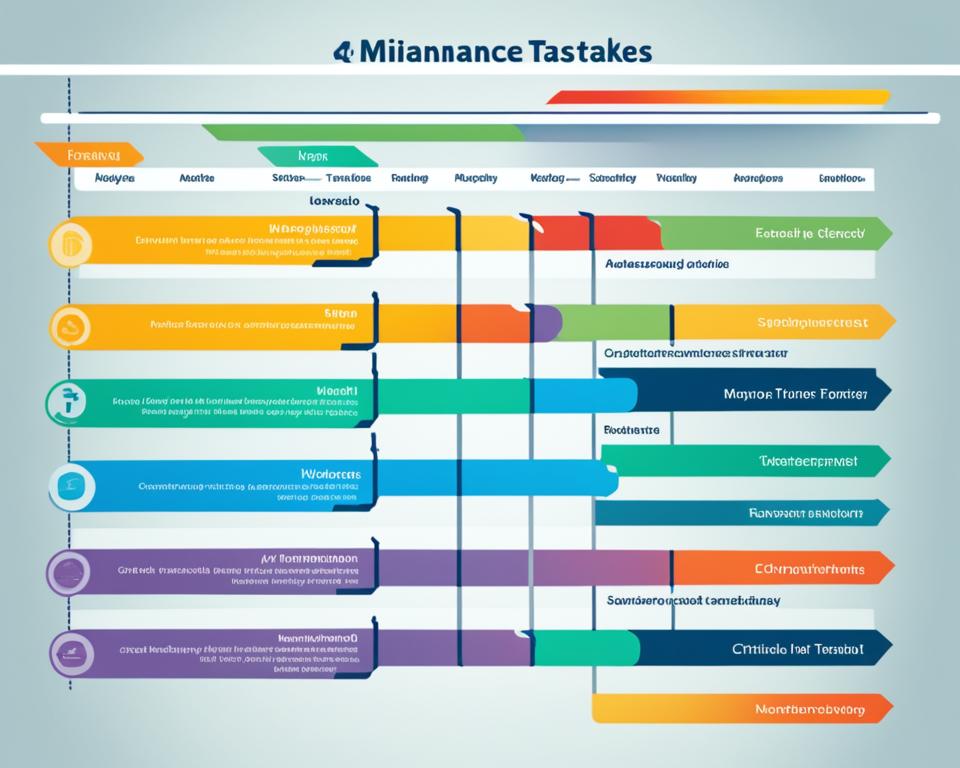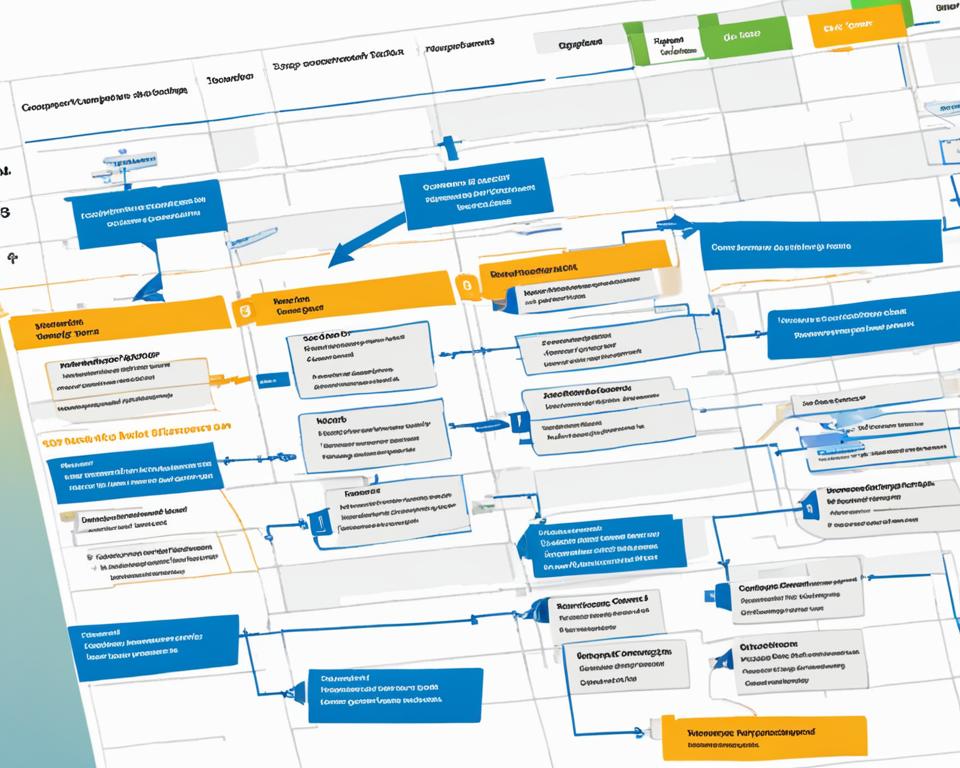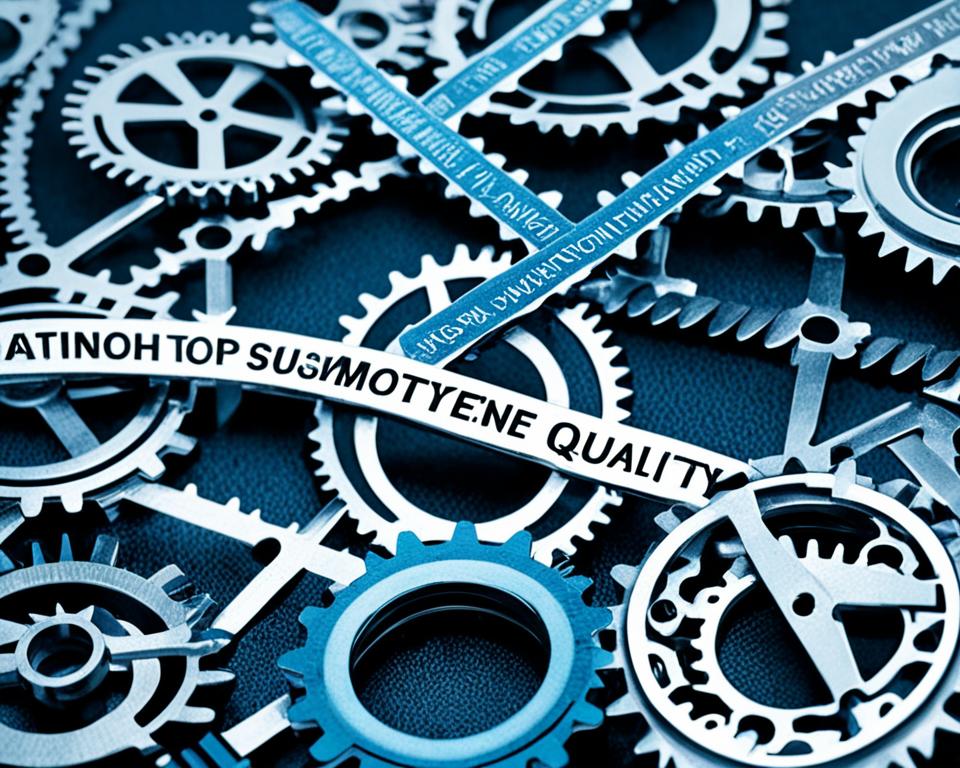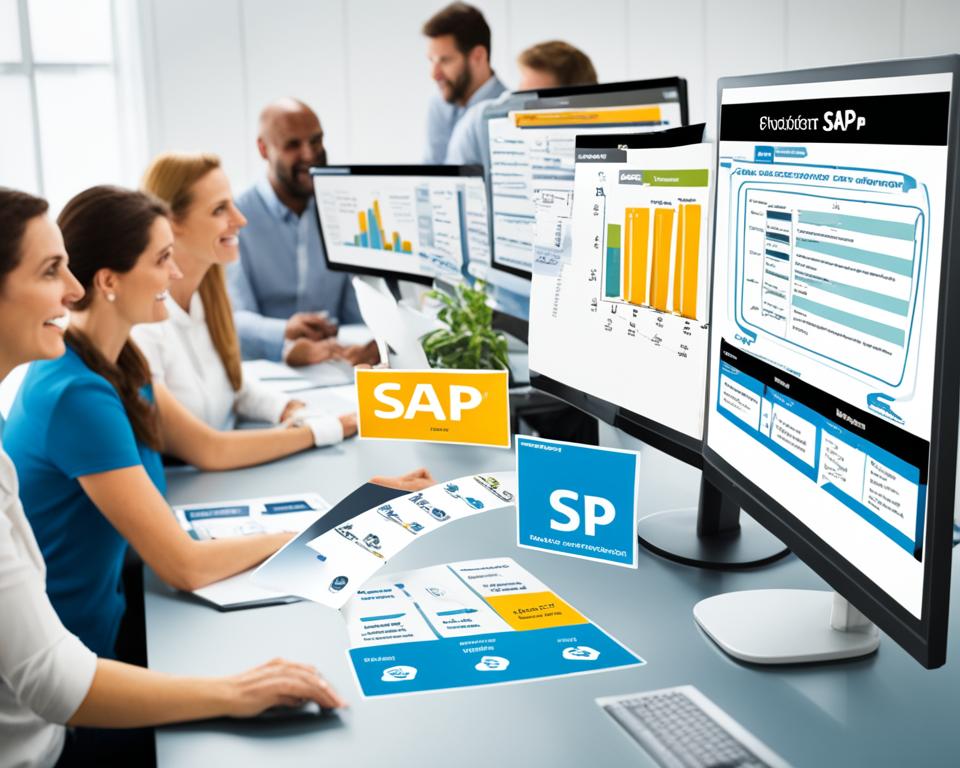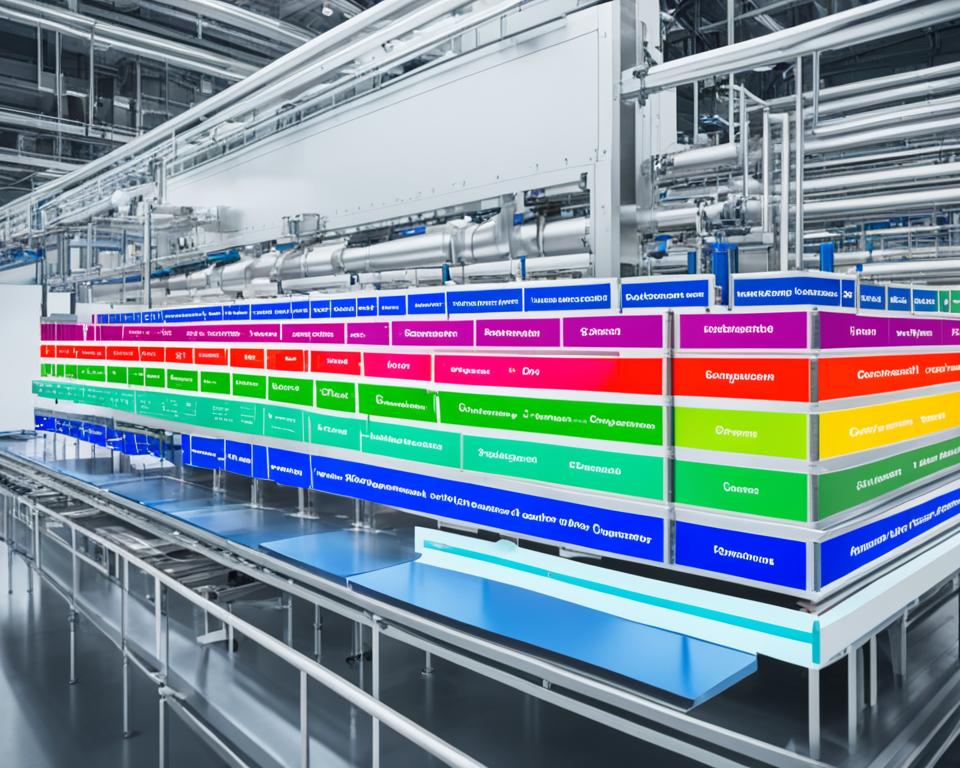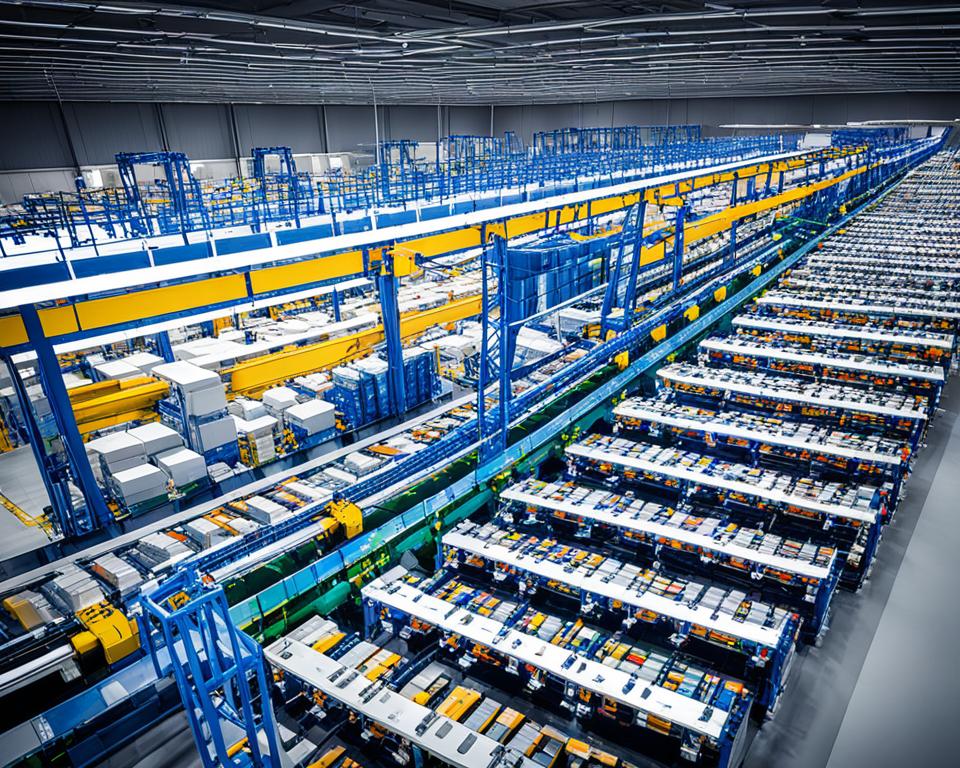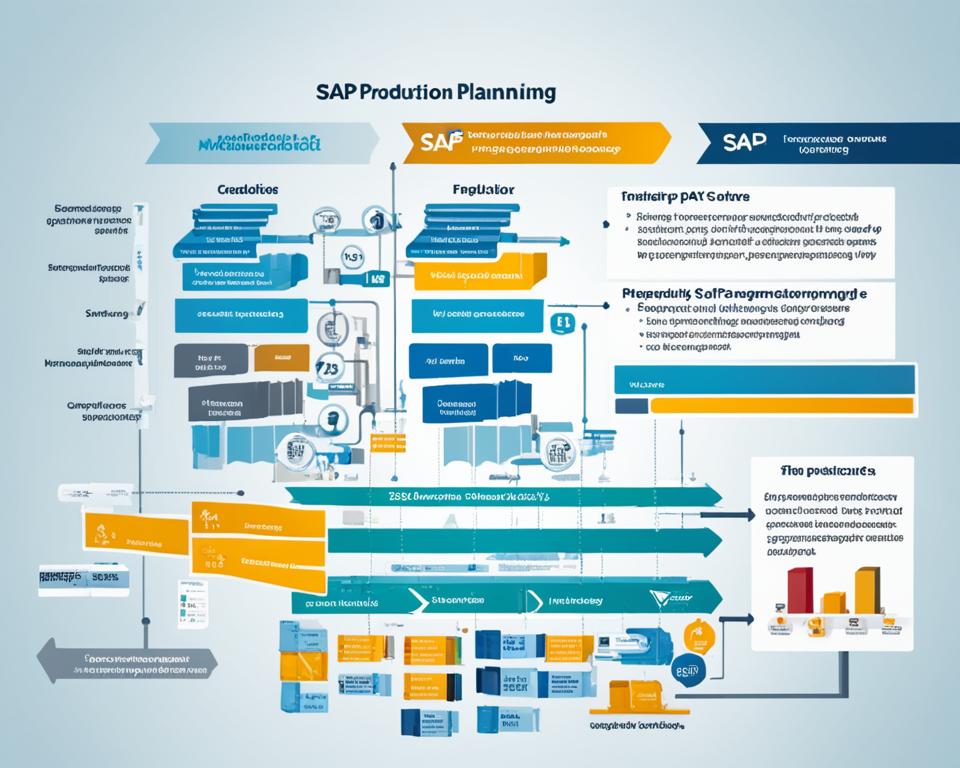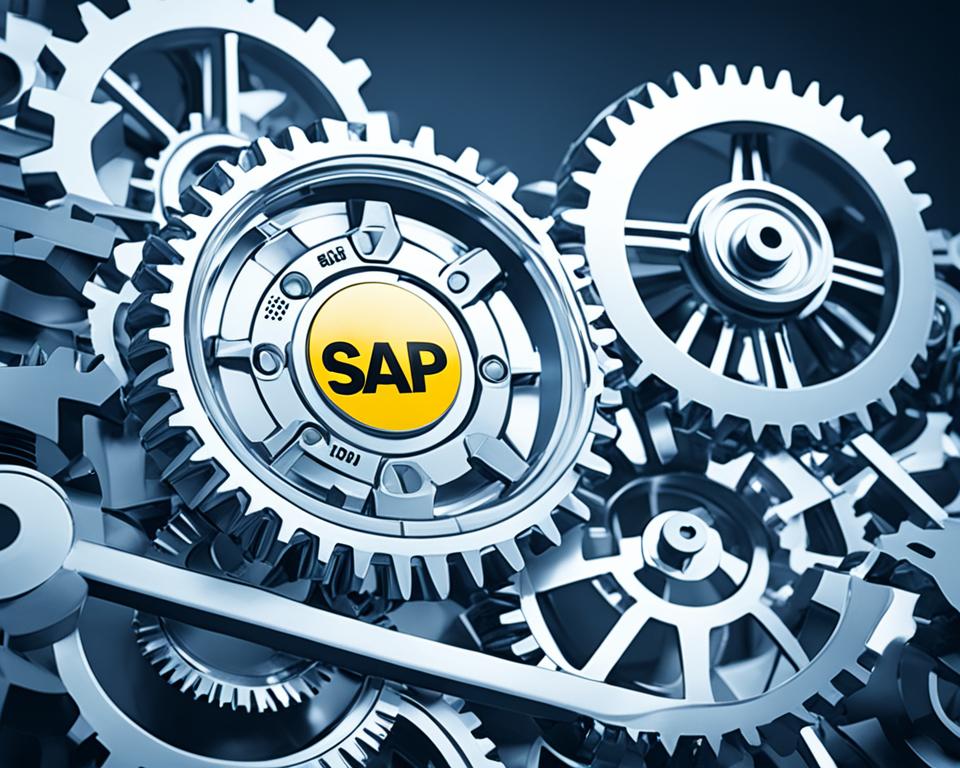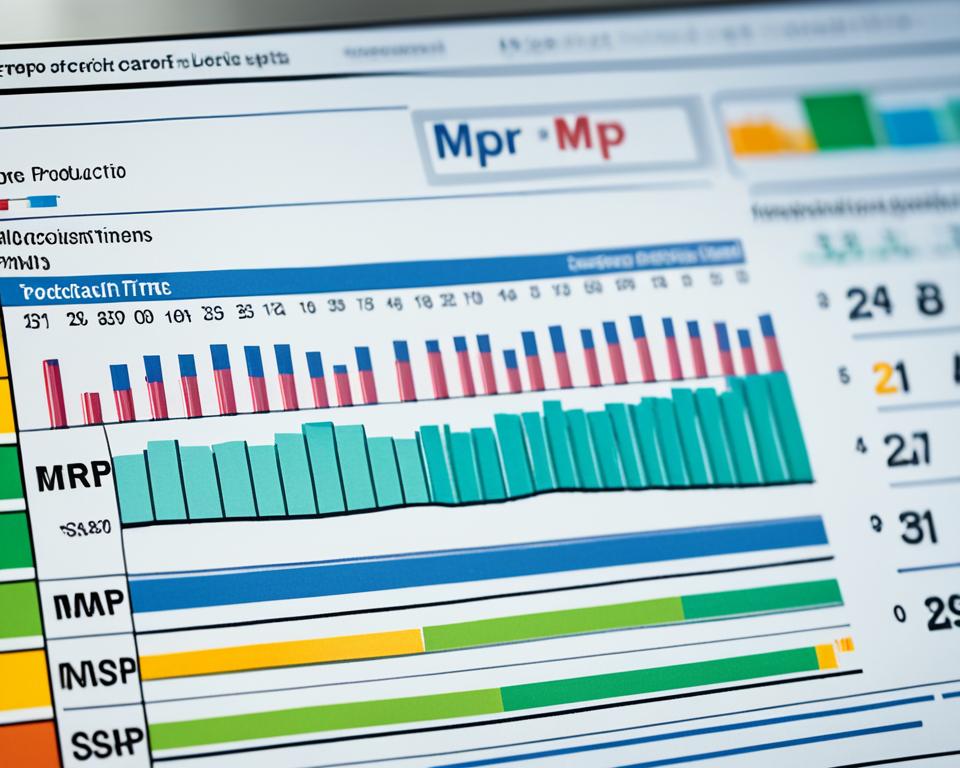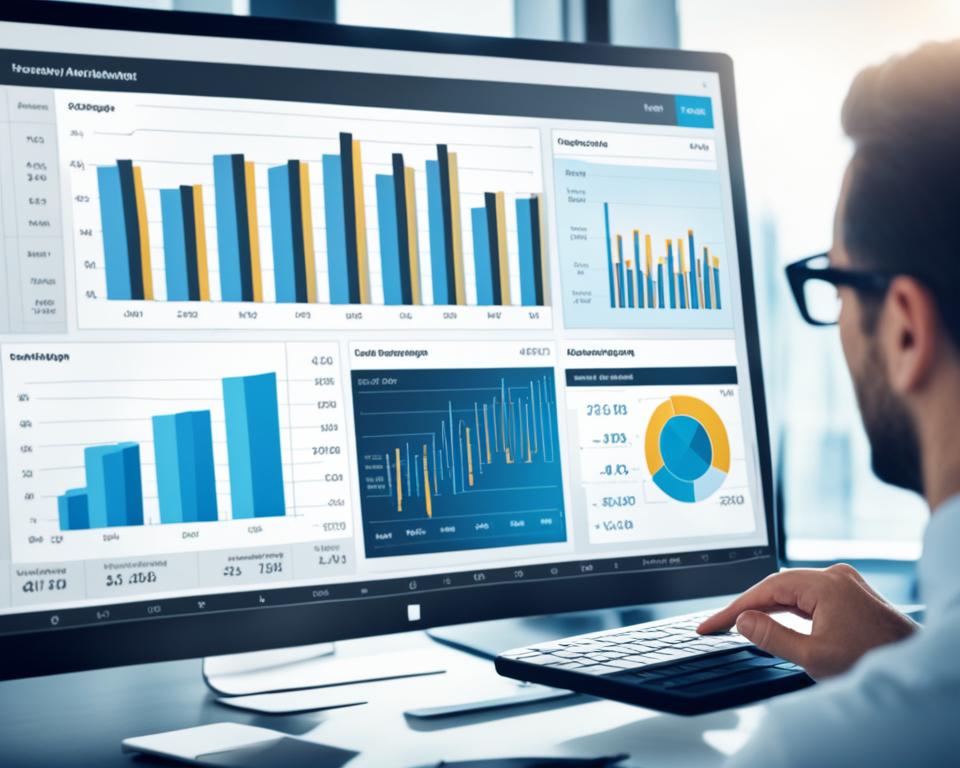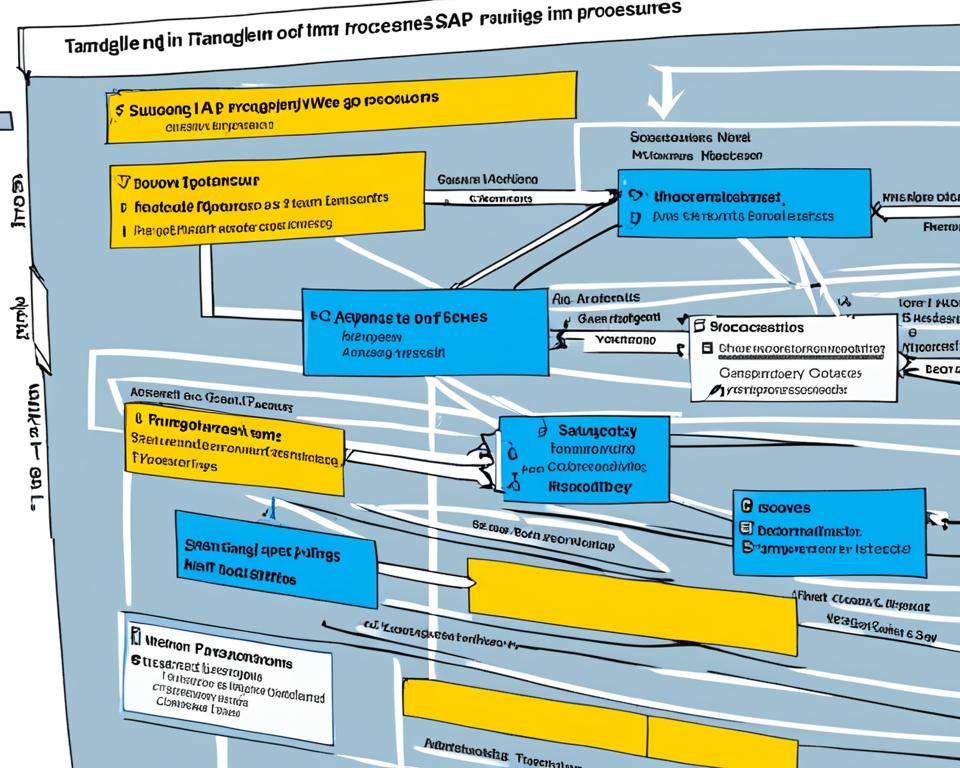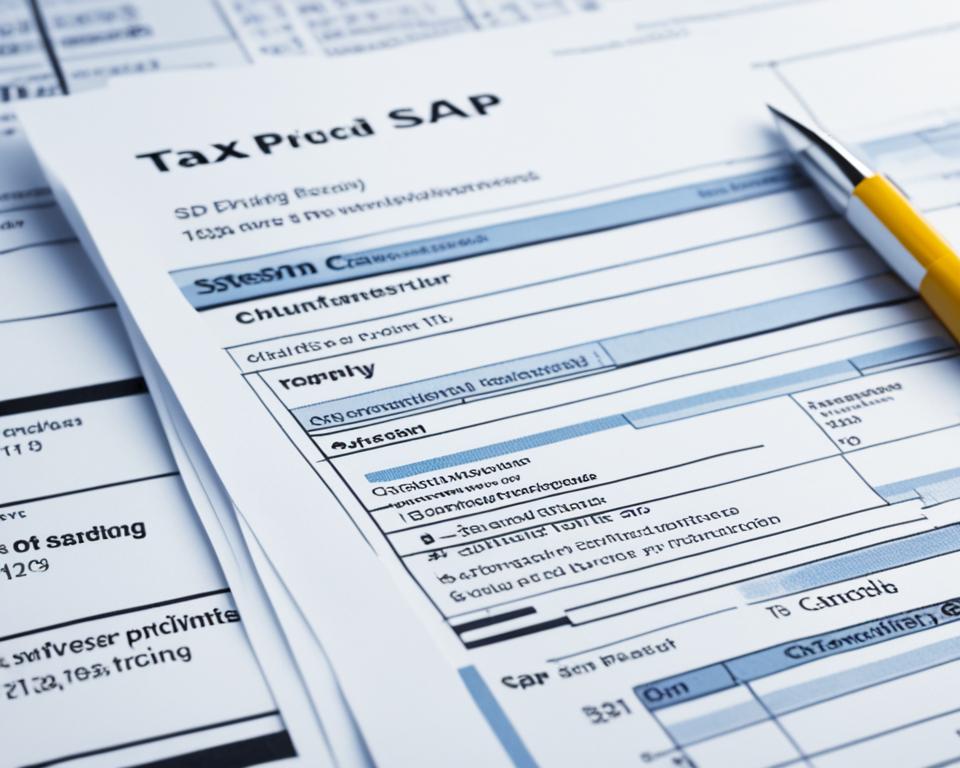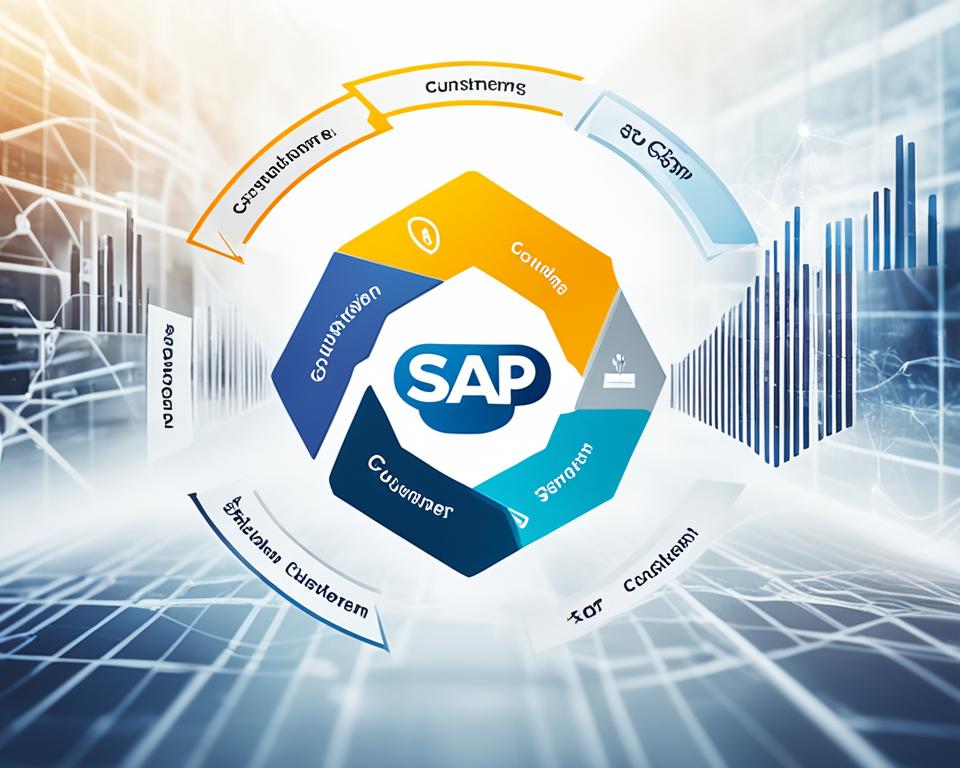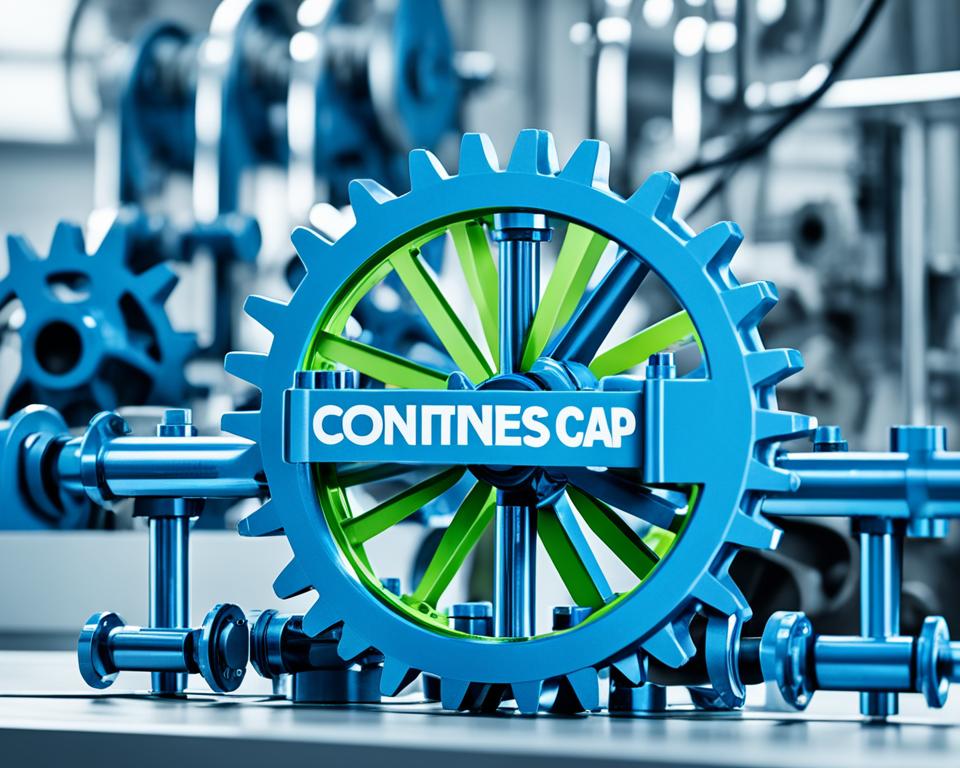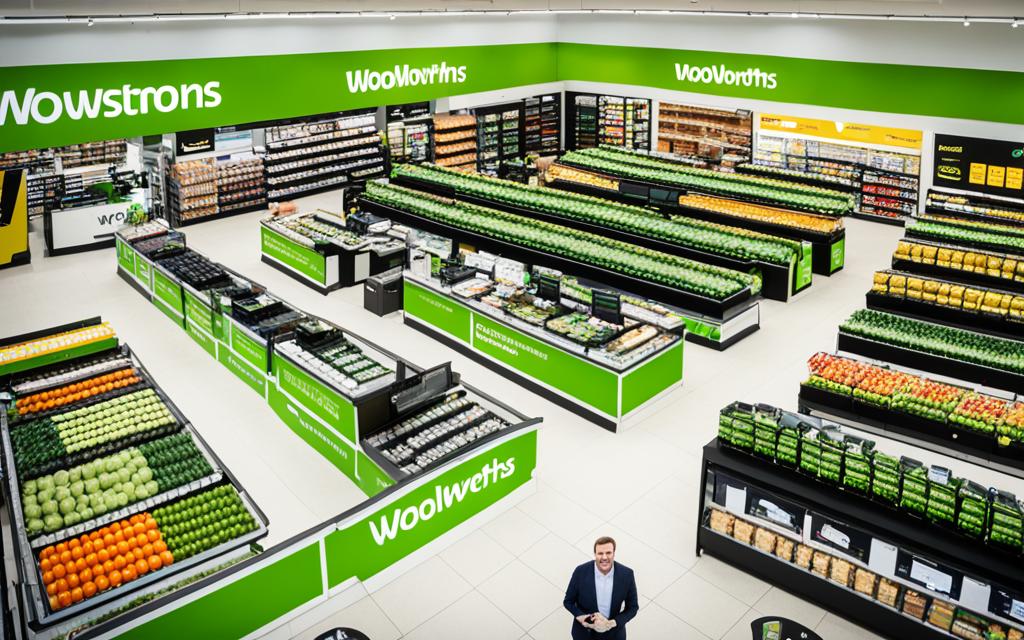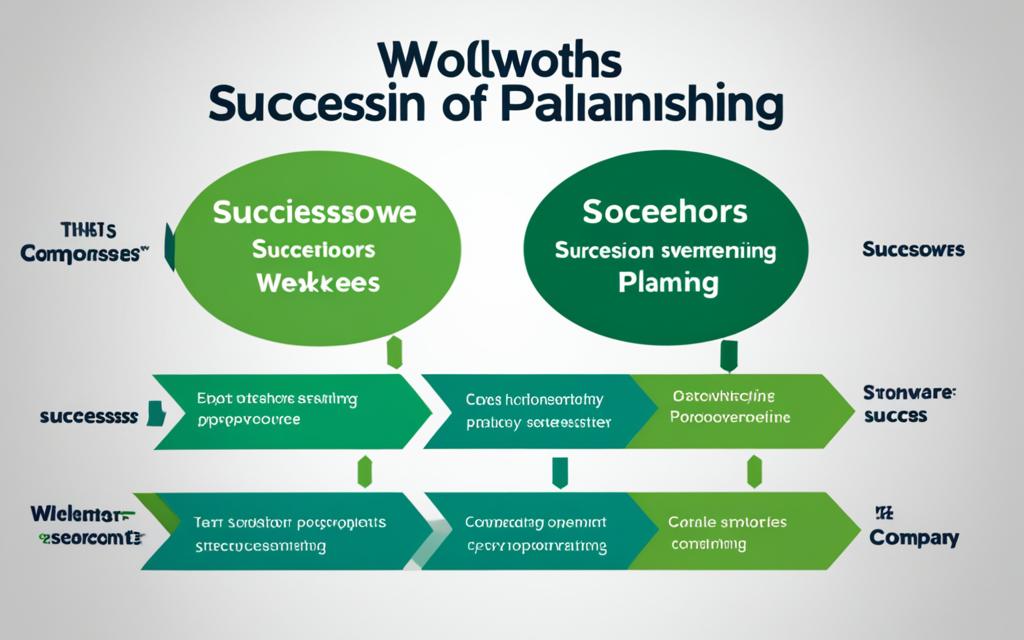Have you ever wondered why some companies seem to handle logistics perfectly while others face problems? The secret often is in tools like SAP LE. This advanced system helps make logistics better and improves how warehouses work. It lets businesses make their supply chains run smoother.
In this article, we’ll see how SAP LE boosts accuracy in operations. It also helps cut costs and make customers happier.
Key Takeaways
- SAP LE plays a crucial role in optimizing logistics processes.
- The solution enhances warehousing efficiency through advanced technology.
- SAP LE contributes to improved supply chain visibility and accuracy.
- Businesses can achieve cost reductions by implementing SAP LE.
- Customer satisfaction is enhanced with the use of efficient logistics execution.
Understanding SAP LE and Its Importance
SAP LE stands for logistics execution. It’s key to bringing together different logistics tasks in a company. In global supply chains, the role of logistics execution is huge. SAP LE helps companies work better together, making things more efficient and keeping track of everything.
This technology covers many areas like managing warehouses, moving goods, and keeping track of stock. It’s vital for companies wanting to make their logistics better.
- Streamlined Operations: SAP LE has tools to make goods and info move smoothly in the supply chain.
- Data Integration: It lets people share data in real-time, making decisions better and more transparent.
- Increased Efficiency: By automating tasks, SAP LE cuts down on mistakes and speeds up logistics work.
Using SAP LE in supply chains means better delivery times and happier customers. Companies that get the value of logistics through SAP LE can be more flexible and quick to respond.
| Aspect | Description |
|---|---|
| Integration | Connects various logistics functions for improved coordination. |
| Automation | Reduces manual input, thereby minimizing errors. |
| Real-time Data | Enables timely decision-making through immediate access to information. |
| Customer Satisfaction | Enhances delivery performance, leading to improved client relationships. |
Key Features of SAP LE
SAP LE boosts logistical efficiency with strong features. It offers real-time data processing. This means companies can make quick, informed decisions. It’s a big plus in today’s fast business world.
Customizable reporting tools are another big deal with SAP LE. Users can make reports fit their needs. This helps in better analyzing logistics performance. It shows how SAP LE can help meet business goals.
Automated workflows are key to SAP LE. They make routine tasks easier, letting companies focus on big plans. These systems help in making better decisions fast. This gives businesses the edge they need.
Looking at user reviews and product details shows SAP LE’s value. It’s a full solution for better logistics. For more info on SAP ERP, check out this link.
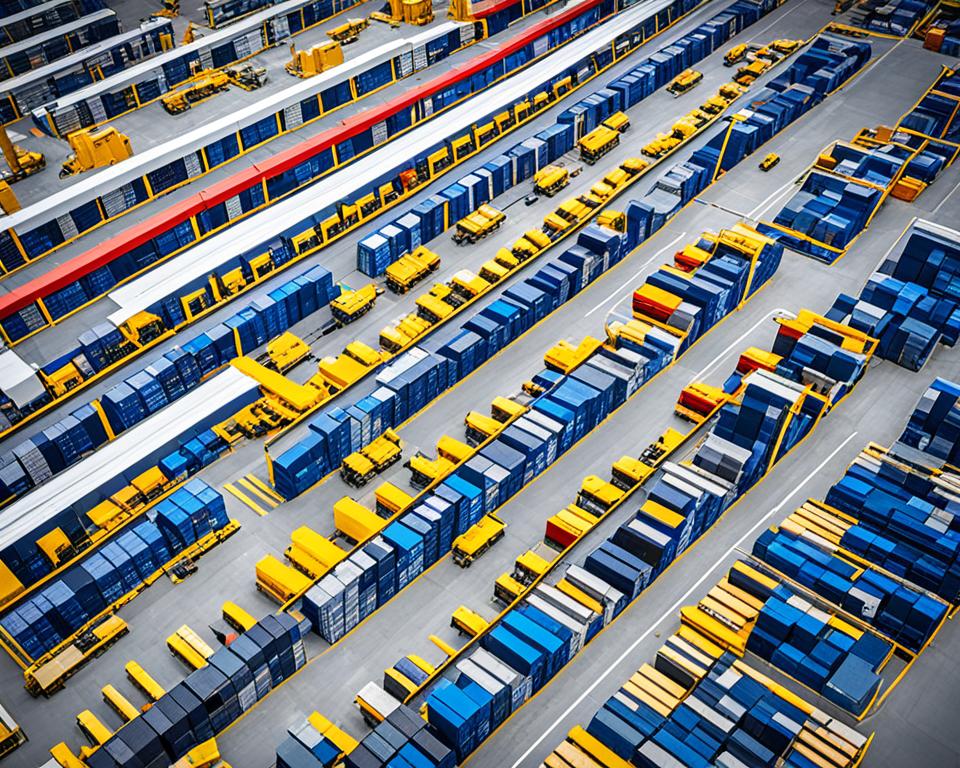
Leveraging SAP LE for Supply Chain Management
Using SAP LE in Supply Chain Management brings big benefits for companies aiming for better efficiency. It makes logistics work smoother, improving how teams talk to each other. Good communication is key, making sure everyone knows what to do.
SAP LE lets me share data in real time, which is crucial for making smart choices. This means I can see what’s happening in the supply chain better. It helps me manage goods and supplies well, cutting down on problems.
Using strategies like working together can unlock SAP LE’s full power. For instance, teams can set goals together, share forecasts, and manage stock better. This not only makes things more efficient but also helps beat the competition in today’s fast-paced market.
Also, adding advanced buying tools, like those on cloud-based platforms, boosts SAP LE in Supply Chain Management. These systems make things clearer and automate tasks, leading to smoother operations. To get the most out of Logistics Integration, it’s important to connect logistical functions well.
Harnessing the Power of Warehouse Management
Warehouse management is key to making logistics better. Using SAP LE has brought big improvements in tracking inventory, using space well, and speeding up order processing. Warehouse Management systems in SAP LE make work flow better. This leads to faster order completion and correct inventory tracking, boosting SAP LE Benefits across the company.
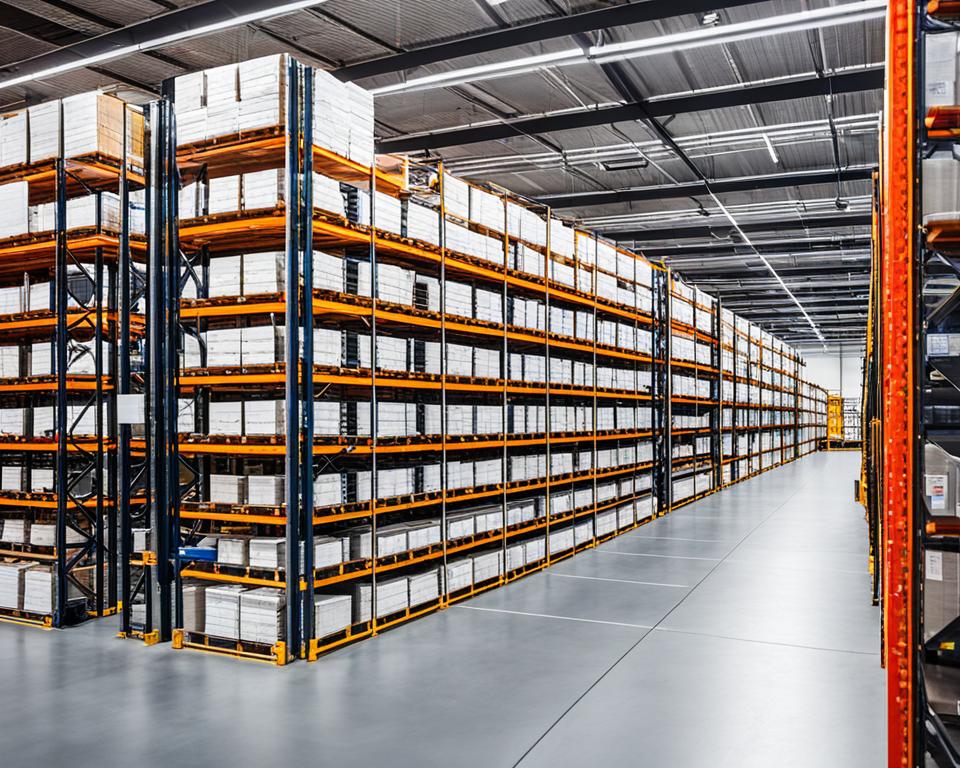
Looking at old ways versus using SAP LE shows big differences. Old methods were often manual and could lead to mistakes. But SAP LE uses automation to make things smoother and cut down on errors.
| Aspect | Traditional Warehouse Management | Warehouse Management with SAP LE |
|---|---|---|
| Inventory Tracking | Manual counts; high error rates | Real-time tracking; automated updates |
| Space Utilization | Suboptimal storage; inefficient layout | Dynamic space allocation; optimized usage |
| Order Processing Speed | Slow due to manual entry | Accelerated through automation |
My experience shows that using Warehouse Optimization with SAP LE makes things run better and saves money. These advanced tools help companies improve their warehouse work. This leads to a better supply chain overall.
The Role of Transportation Management in SAP LE
Transportation Management in SAP LE is key to better logistics. It helps with optimizing shipments, picking the best carriers, and tracking transportation in real-time. This makes the whole process smoother, especially in managing routes and costs. SAP LE’s tools help follow industry rules.
Using Transportation Management in SAP LE makes logistics work better together. It helps everyone from suppliers to customers work together. The system is easy to use and can handle complex routes.
Key parts of Transportation Management in SAP LE include:
- Enhanced shipment planning capabilities
- Automated carrier selection based on cost and service levels
- Advanced route optimization features
- Real-time visibility of shipment status
- Comprehensive freight cost management tools
These features help businesses improve their logistics and transportation. As shipping rules change, staying up to date is crucial. SAP LE has the tools and checks needed to keep up.
| Feature | Benefit |
|---|---|
| Shipment Planning | Improves delivery timelines |
| Carrier Selection | Reduces shipping costs |
| Route Optimization | Enhances transportation efficiency |
| Real-Time Visibility | Enables proactive decision-making |
| Cost Management | Optimizes freight spend |
Inventory Optimization with SAP LE
Inventory optimization is key to saving costs in today’s businesses. SAP LE helps me use real-time inventory management to keep the right stock levels. This approach cuts down on too much inventory and prevents stockouts. It’s all about using strong forecasting and quick stock control.
SAP LE has tools that improve demand forecasting and strategic stock management. These tools spot trends and patterns, making sure the right products are available when needed. For example, analyzing sales data helps make better decisions, which improves inventory optimization.
Looking at case studies shows how SAP LE has helped companies better manage their inventory. These stories show big improvements in stock management and cost cuts from optimizing inventory levels.

Adding SAP LE to current systems boosts the efficiency of managing stock. It aligns inventory strategies with the company’s goals. This way, companies can use their resources better.
| Feature | Benefits | Impact on Stock Management |
|---|---|---|
| Real-time Tracking | Immediate visibility into inventory levels | Reduces stockouts and excess inventory |
| Data-Driven Insights | Improved forecasting accuracy | Facilitates informed decision-making |
| Centralized Operations | Streamlined processes | Enhances efficiency and reduces costs |
In summary, SAP LE helps businesses improve their inventory optimization. By using advanced tools and techniques, I can make smart decisions. This has a big impact on how my organization manages its stock. For more insights, check out real-world case studies on successful implementations and their benefits.
Enhancing Order Fulfillment Processes
Order fulfillment is key to a business’s success. SAP LE has greatly improved how companies handle their orders. It automates the process, making it more efficient and accurate. This means orders are delivered on time from start to finish.
Order management is a big plus for the supply chain. SAP LE makes handling orders smoother, helping companies meet customer needs fast. It also keeps track of orders in real-time, making things clear and trustworthy for customers. This way, businesses can make sure orders are done right, keeping customers happy.
| Order Fulfillment Benefits | SAP LE Features |
|---|---|
| Increased Efficiency | Automated Order Processing |
| Improved Accuracy | Real-time Order Tracking |
| Enhanced Customer Satisfaction | Streamlined Order Management |
| Cost Reduction | Integrated Supply Chain Management |
Using SAP LE helps businesses fulfill orders better. It lets companies work more efficiently and keep strong customer ties. By adopting these new tools, companies can make smarter choices and control the fulfillment process better. For more tips on working with suppliers, check out this resource.
The Impact of SAP LE on Delivery Tracking
Effective Delivery Tracking is key to managing what customers expect. With SAP LE, companies can track deliveries in real-time. This makes Shipment Visibility better across the supply chain. It lets logistics managers keep an eye on shipments and talk better with customers.
Using SAP LE for Delivery Tracking has big benefits in several areas:
- Improved accuracy: With better data, businesses can cut down on mistakes with shipment details and times.
- Increased transparency: Customers like knowing where their shipments are, which builds trust and happiness.
- Enhanced communication: Sharing shipment info easily means sending out updates ahead of time, so there are no surprises.
Looking into SAP LE’s effects, it’s clear it brings big wins for logistics teams and customers. It offers automated updates and notifications, making Shipment Visibility better. Plus, it has performance metrics to help businesses check how well their delivery processes are working.
![]()
| Metric | Before SAP LE | After SAP LE |
|---|---|---|
| Delivery Accuracy | 75% | 95% |
| Customer Satisfaction Rate | 60% | 85% |
| Real-time Updates Frequency | Every 24 hours | Every hour |
Adding SAP LE to logistics changes Delivery Tracking and boosts efficiency and performance. This change brings big wins for operations and makes customers happier in today’s tough market.
Material Flow Management through SAP LE
Effective Material Flow Management is key to better Logistics Efficiency in the supply chain. SAP LE helps businesses manage materials better, making sure resources are used well. It uses automated order processing and routing to speed up delivery times and improve efficiency.
Automated processes are a big part of Material Flow Management in SAP LE. Automating material flow boosts productivity and frees up resources for important tasks. This leads to better operational performance and more accurate inventory management, making logistics more efficient.
Real-world examples show how businesses have succeeded with these methods. Companies using SAP LE see faster delivery times and better relationships with suppliers. Using cloud-based solutions, like those in SAP Ariba, helps improve communication with suppliers and makes transactions smoother.
To get the most out of Material Flow Management with SAP LE, companies need to keep checking their processes. Regularly reviewing and updating workflows helps maintain high Logistics Efficiency and adapt to market changes.
Logistics Automation with SAP LE
In today’s fast-paced business world, Logistics Automation is key to boosting efficiency. With SAP LE, companies can cut down on manual mistakes and speed up their work. Automation tools in SAP LE help businesses change old logistics ways, making workflows smoother and boosting productivity.
SAP LE has many automation solutions, like robotic process automation (RPA) and self-driving vehicles. These tools make Automated Processes that handle repetitive tasks with great precision. This means companies can do better in logistics, ensuring fast delivery and happier customers.
Logistics automation brings many benefits. For example:
- It makes logistics tasks faster and more efficient
- It cuts down on mistakes, thanks to automation
- It helps manage resources better through smarter workflows
- It makes working with suppliers easier through automated messages
The data-driven decision-making of SAP LE is really useful. It gives businesses a clear view of their logistics, letting them make smart choices. With tools like SAP Ariba modules, companies can make their procurement smoother, leading to better logistics automation.
In short, using Logistics Automation with SAP LE boosts efficiency and helps businesses meet the fast-changing demands of logistics. Moving towards a fully automated supply chain is key to lasting success in today’s tough markets.
Integration of SAP LE with Existing Systems
Adding SAP LE is more than just putting in new software. It’s about making SAP LE work well with what you already have. This makes sure data moves smoothly and boosts logistics performance. It also lets companies use what they’ve already spent money on and get the most out of SAP LE.
- Check if your current systems can work with SAP LE to spot problems early.
- Make a plan for how to integrate SAP LE that covers technical needs and who does what.
- Focus on making data accurate to keep information flowing right across all systems.
- Use the SAP integration framework, which has rules and tools for this job.
- Get teams from different areas to work together to solve real-world problems and make workflows better.
Planning for integration well helps avoid problems and makes SAP LE work better. This full approach to System Integration helps connect different logistics systems smoothly. It also helps meet business goals.
Real-world Success Stories of SAP LE Implementation
Exploring SAP LE Success Stories shows how this tool works in real life. Many companies faced big challenges but got great results with SAP LE. Here are some case studies that show why this solution is a good choice.

A leading global beverage company had trouble with managing inventory and delays. After using SAP LE, they made their logistics better. This led to more accurate orders and shorter wait times. They saw a 25% boost in how well they worked.
A big electronics maker was struggling with its supply chain. By using SAP LE, they improved their warehouses and used space better. This effort cut storage costs by 30%, showing how well the solution worked.
The table below shows key points from these case studies. It shows how SAP LE helped with different business issues:
| Company | Challenge | Solution | Results |
|---|---|---|---|
| Global Beverage Co. | Inventory management and processing delays | Implemented SAP LE | 25% increase in operational efficiency |
| Major Electronics Manufacturer | Poor warehouse operations and high storage costs | Adopted SAP LE | 30% reduction in storage costs |
These stories show how companies use SAP LE to beat challenges and get big wins. The success stories prove its value in many industries. That’s why more companies choose SAP LE for their logistics problems.
Best Practices for Utilizing SAP LE
Using SAP LE well is key for businesses wanting to boost their logistics. I’ve seen that sticking to SAP LE Best Practices makes a big difference. It’s important that all team members know how to use the software. This knowledge leads to better operations and more work done.
Getting everyone involved in the process is also a top tip. When teams know the goals of the logistics plan, they work better together. This teamwork helps everyone keep improving, making it easier to handle new challenges.
Checking how well logistics are doing is key to making SAP LE work best. By looking at important performance numbers, I can spot areas to improve and see if changes work. Here’s a table with best practices, what they do, and the good things they bring:
| Best Practice | Description | Expected Benefits |
|---|---|---|
| User Training | Comprehensive training for all users on SAP LE features. | Increased productivity and fewer errors. |
| Stakeholder Engagement | Involve key stakeholders in planning and implementation. | Improved collaboration and alignment. |
| Performance Evaluation | Regular assessment of KPIs related to logistics operations. | Enhanced decision-making and optimization. |
| Continuous Improvement | Foster a culture that embraces feedback and iterative enhancements. | Increased adaptability to market changes. |
Adding these practices helps organizations use SAP LE fully and build a strong logistics strategy. This strategy can handle today’s challenges well.
Challenges and Solutions in SAP LE Deployment
Deploying SAP LE can bring up challenges that companies must face for success. SAP LE Challenges like resistance to change from employees happen because they don’t know the new systems. To fix this, giving them thorough training and explaining the SAP LE benefits is key.
Moving data can be tough, especially if the data isn’t consistent or good quality. To solve this, using strong data cleaning and moving strategies is important. Using proven deployment solutions helps make the switch smoother and reduces errors.
Customizing the software is another big challenge. It’s important to carefully figure out what the company really needs before changing anything. Getting advice from logistics deployment experts can help make technical changes. This way, the system stays flexible but doesn’t lose its core functions.
Project management tips are great for getting over these implementation hurdles. Using Agile methods helps with being more flexible during deployment. Creating a feedback loop leads to ongoing improvements in strategy and action. This makes using SAP LE better without losing sight of the main goals.
In the end, beating the SAP LE challenges is about more than just tech. It’s about building a company culture that welcomes change. With the right deployment solutions, companies can handle resistance, keep data quality high, and tailor the system well. This makes integrating SAP LE smoother.
If you want to learn more about SAP ERP reporting, I suggest looking at this helpful guide. It has important tips and tricks.
Future Trends in SAP LE and Logistics
The Future of SAP LE is changing thanks to new Logistics Trends and Emerging Technologies. Artificial intelligence is a big part of this change. It helps with managing inventory and making supply chains run smoother. This means companies can make quick, smart choices.
Internet of Things (IoT) is another big trend. It lets logistics managers see their supply chains in real time. This helps them keep track of shipments better. It makes things run smoother and helps with customer service.
Sustainability is also a key focus. Companies are working on being more eco-friendly in logistics. By cutting down on waste and finding better routes, they save money and help the planet. This mix of being green and using new tech is a big deal in the Future of SAP LE.
Big data and advanced analytics are changing logistics too. These Emerging Technologies help companies predict what customers will need. This leads to happier customers and more profits.
The world of logistics is always changing. Staying up to date with new tech is key to doing well in the future. It helps companies come up with new ways to manage their logistics.
Tailoring SAP LE to Fit Your Business Needs
In today’s fast-paced world, making SAP LE fit your business is key for success. Every company has its own way of working. So, it’s vital to create Customized SAP LE solutions that match those unique needs.
First, we need to know how the company works. This helps us see which SAP LE features can be changed or improved. By making it fit our goals, we boost productivity and cut down on mistakes in different departments.
Being able to grow is another big plus of Customized SAP LE. Needs change, and so should the solution. With scalable solutions, we can quickly adapt to new market demands. This keeps us ahead in the game.
It’s also important to keep improving. Getting feedback from users helps us see what needs more work. We make changes based on what users say, making the product better for everyone.
Here’s an example of how custom solutions work well. Below is a table showing different customizations and their benefits:
| Customization Category | Benefits |
|---|---|
| Process Automation | Increases efficiency and reduces manual errors |
| User Interface Enhancements | Improves user experience and reduces training time |
| Data Integration | Ensures seamless information flow across systems |
| Reporting Tools | Provides timely insights for strategic decision-making |
By focusing on these areas, we can make SAP LE work better for our business. Customization, scalability, and ongoing feedback make SAP LE a powerful tool for reaching our goals.
Conclusion
This deep dive into SAP LE shows its key role in making logistics and warehousing smoother. Experts and articles highlight how SAP LE boosts supply chain work. This leads to better efficiency and happier customers. So, SAP LE is more than a tool; it’s a game-changer for businesses looking to upgrade their operations.
Looking back at the final thoughts on SAP LE in this piece, it’s clear that companies wanting to stand out should think about using this powerful solution. SAP LE offers great features like better inventory management and transportation planning. These features show how SAP LE can greatly improve supply chain work.
So, using SAP LE doesn’t just make logistics easier. It also puts businesses ahead in their fields. By focusing on such cutting-edge tech, companies can make their supply chains more flexible and ready for today’s challenges. The benefits are huge, making SAP LE a must-have for many businesses.
FAQ
What is SAP LE and why is it important for logistics execution?
SAP LE stands for Logistics Execution. It’s a solution that makes logistics and warehousing better. It’s key for making supply chains more efficient and accurate. It helps companies meet customer needs well.
How does SAP LE integrate with existing supply chain management processes?
SAP LE connects different logistics tasks by making sure everyone talks and shares data smoothly. This makes supply chains work better together. It leads to better performance overall.
What are the key features of SAP LE that enhance logistics operations?
SAP LE has features like real-time data, customizable reports, automated tasks, and better inventory tracking. These help companies make smart choices and keep things clear.
How can organizations leverage SAP LE for better order fulfillment?
Companies can use SAP LE to make ordering automatic, more accurate, and track orders from start to finish. This means faster deliveries and happier customers by making ordering smoother.
In what ways does SAP LE support inventory optimization?
SAP LE helps manage inventory in real-time to keep the right stock levels. It cuts down on too much stock and stockouts. It uses tools to predict what customers will need.
How does SAP LE improve delivery tracking and shipment visibility?
SAP LE makes tracking deliveries real-time. This gives clear updates on shipments. It helps manage what customers expect and keeps the supply chain clear.
What role does transportation management play within SAP LE?
In SAP LE, transportation management makes planning and tracking shipments better. It helps pick the best carriers, plan the best routes, and manage costs. It also follows the rules.
What are some best practices for utilizing SAP LE effectively?
To use SAP LE well, train your team, get everyone involved, and always check how logistics is doing. This helps make things work better over time.
What challenges might organizations face during SAP LE deployment?
Companies might face issues like not wanting to change, moving data, and needing it customized. Fixing these problems early makes it easier to add SAP LE.
How can organizations tailor SAP LE to fit their specific business needs?
Companies can make SAP LE work for them by picking the right features, making it scalable, and listening to feedback. This helps them stay up-to-date and improve.
What emerging trends are shaping the future of SAP LE and logistics?
Trends like AI, IoT, and green logistics are coming up. Keeping up with these trends helps companies stay ahead and improve their logistics plans.





